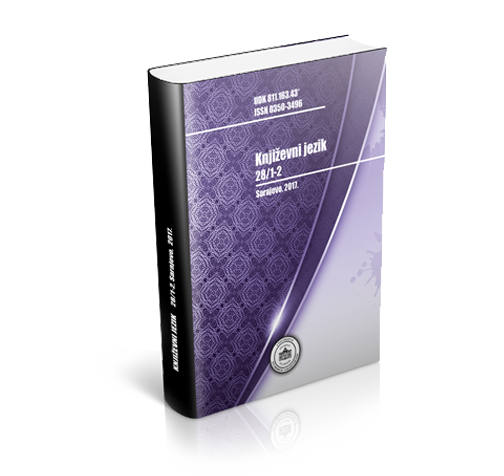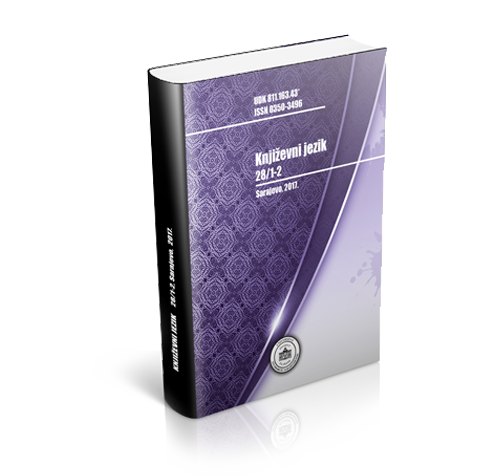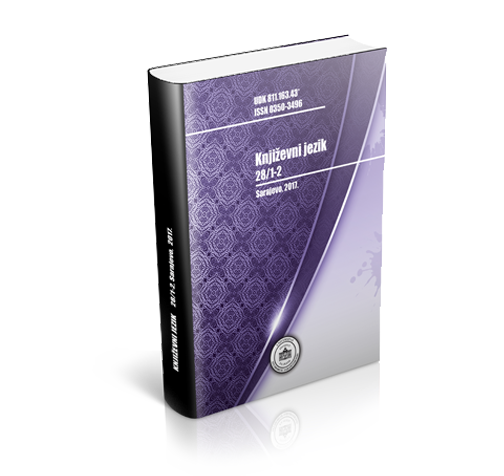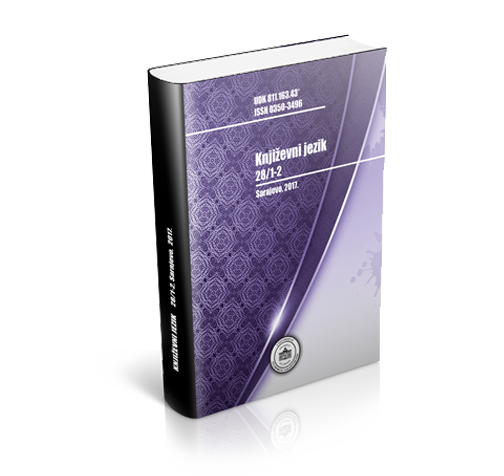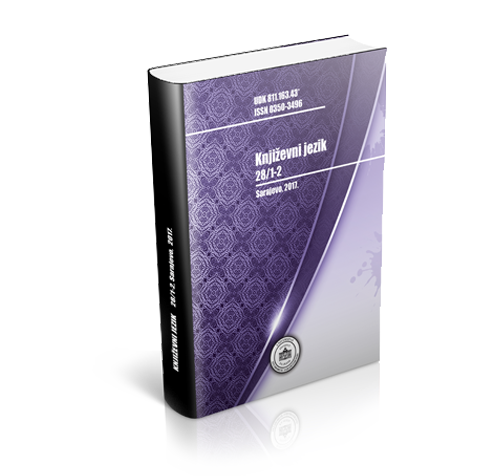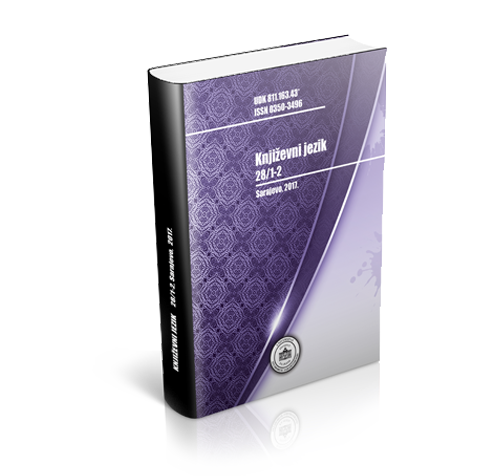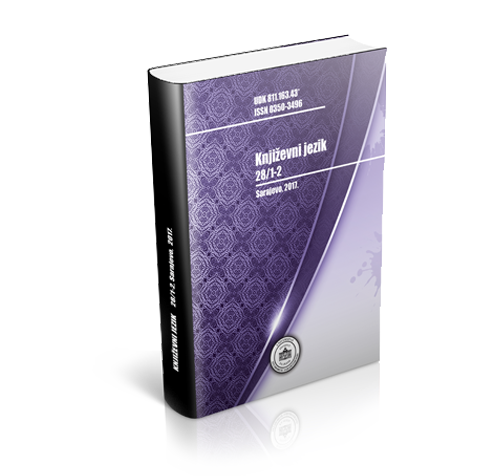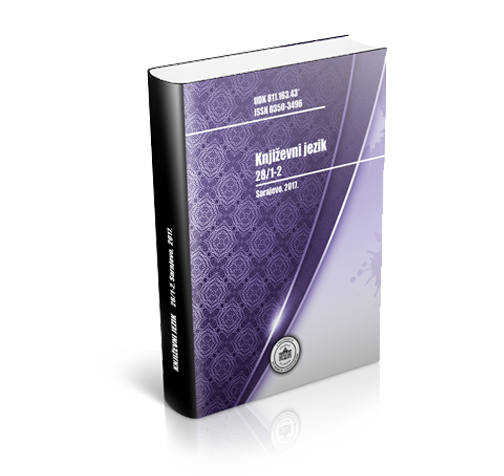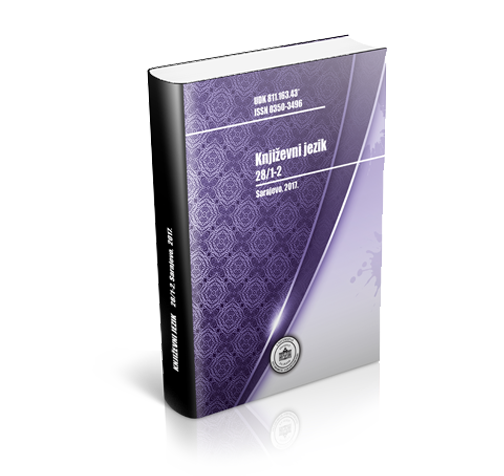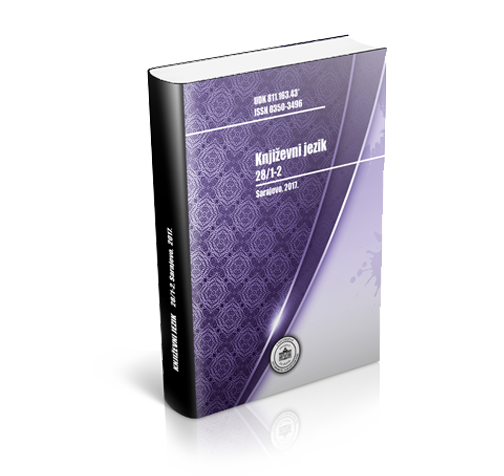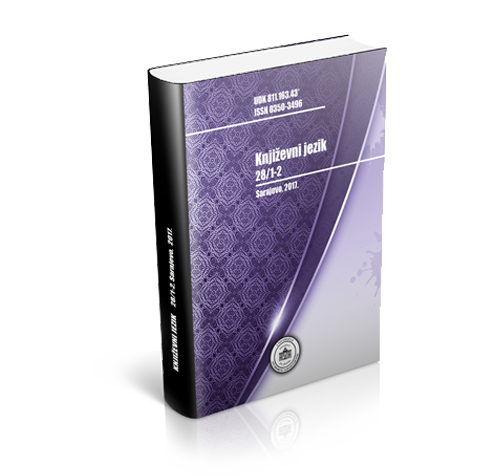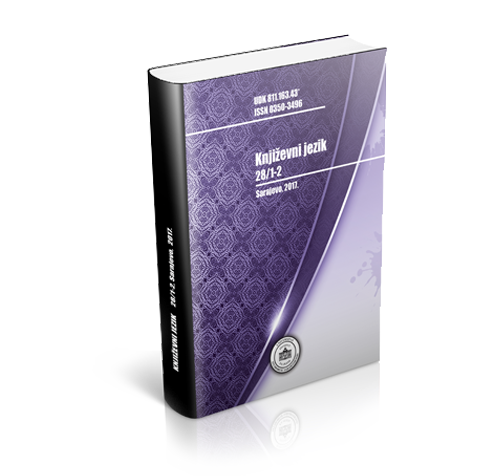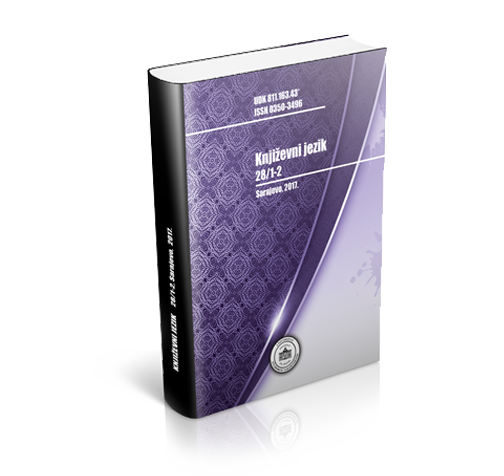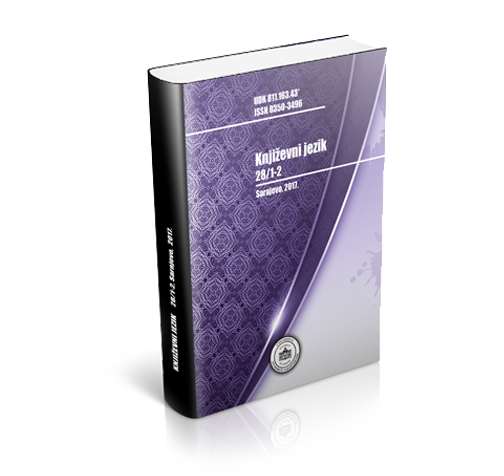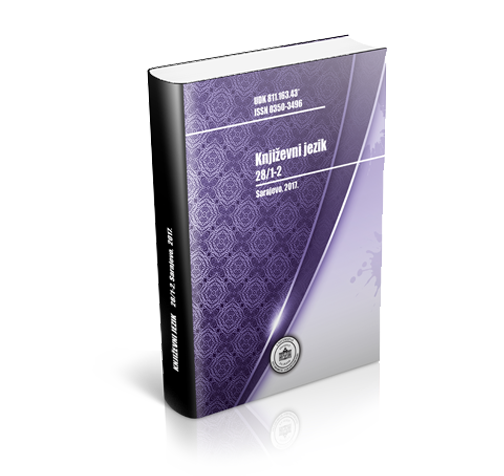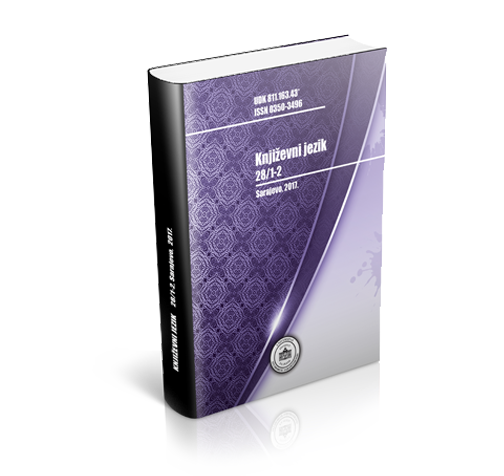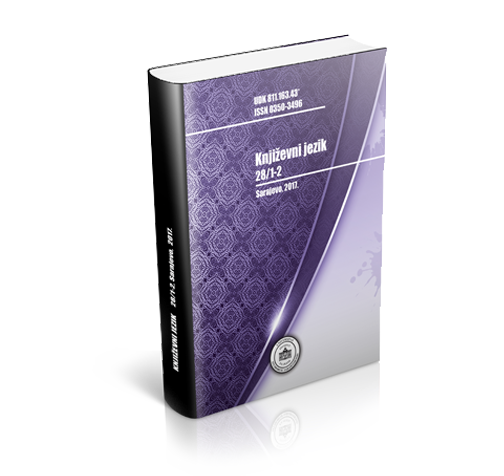
Bosankohercegovačka franjevačka koine XVII i XVIII vijeka i njena dijalekatska baza
Da die vorliegende Arbeit das literarische Schaffen der bosnischen Fran ziskaner vom Anfang des 17. bis Ende des 18. Jahrhunderts behandelt, erfordert das eine Analyse der Sprache dieser Schriftsteller nach den »Zeitkreisen«, wobei eine allmähliche Entwicklung der Franziskaner-Koine durch die Einebnung der Unterschiede zwischen den wichtigsten dialektalen Areas, aus denen diese Literatur stammt, auffällt. Während in den Werken der ersten Schriftsteller (Divković und Bandulavić) der eigene Idiolekt noch sehr auffällt, ist bei den Schriftstellern des 18. Jahrhunderts ein Überbrücken der dialektalen Unterschiede mittels einer Norm, die auf einem Kompromiß beruht, festzustellen. Diese Norm stützt sich sowohl auf die sprachliche Realität dieser Gebiete /Kompromiß zwischen der ikawischen und ijekawischen Verschiebung des Lautes »jat«) als auch auf die sprachliche Tradition der Literatur, zu der die Franziskaner von Anfang an Kontakte pflegen (die Literatur in Dubrovnik und die religiöse glagolische Volksliteratur in Kroatien: Stakavisierung, Beibehaltung des Graphe s h, Lexik). Da die Werke der Franziskaner religiöse Kompilationen und Übersetzungen (aus deim Italienischen und Lateinischen) sind, unterliegen sie syntaktisch den Einflüssen der Sprache des Originals. Später kommen die mundartlichen Eigenschaften nur vereinzelt zum Vorschein, sie sind nicht frequent und stellen eine Randerscheinung dar.
More...
